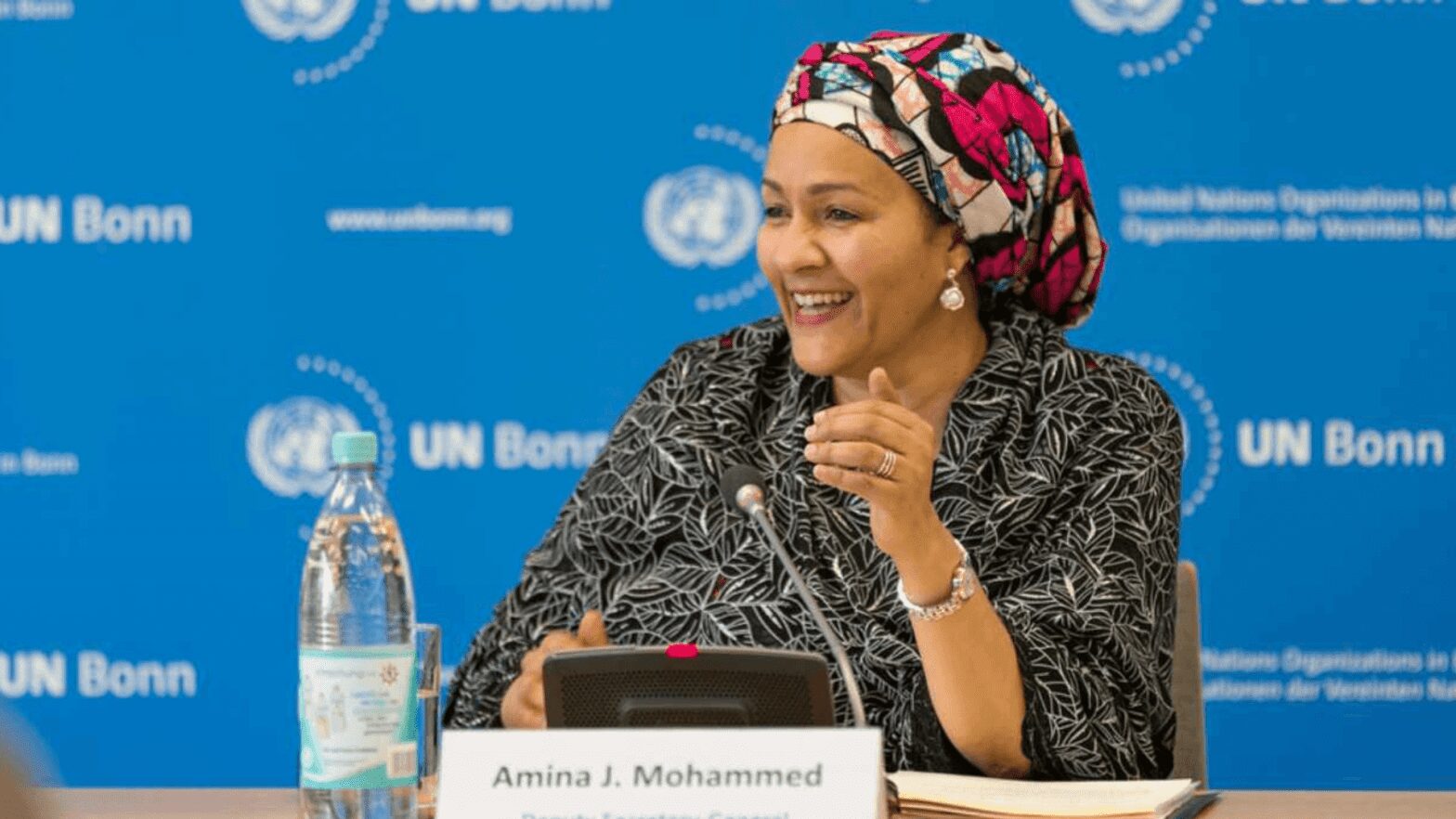The energy transition is a comprehensive process that aims at a gradual shift to a low-carbon economy and implies a new condition, with a broader and more systemic view of environmental and social sustainability. This change, however, is not limited only to energy generation, but also encompasses its consumption and reuse, as well as the transition from polluting sources to renewable energy sources.
In addition, by understanding that the energy of the future is renewable, the energy transition takes into account other measures necessary to achieve the common goal of reducing greenhouse gas (GHG) emissions, such as waste management, energy efficiency, digitization and other innovative solutions. Thus, the energy transition is essential to achieve environmental and social sustainability, and it is a process that must be implemented in an integrated manner, with the involvement of different sectors of society and the economy.
Energy Transition: What It Is
Energy transition is a concept that points to changes in the global energy matrix. It is the necessary evolution towards a low-carbon economy, which encompasses not only the generation and consumption of energy, but also the efficient use of goods and services, recognizing that it is unsustainable, in all aspects, including the economic one, to continue consuming natural resources at the current pace.
Such a change implies transformations in social, political and cultural structures, and is sustainable in all aspects, including the economic one. Low-carbon sources are one of the conditions for this transition, which is based on sustainable development, climate change, technological innovation, digitization and efficient use of energy resources.
The current scenario requires quick and immediate action aimed at mitigating greenhouse gas (GHG) emissions, in order to avoid climate catastrophes even greater than those already observed. In this context, biofuels can accelerate the energy transition in the short term and help reduce greenhouse gas emissions, which is essential to prevent the advance of climate change, adding to this the fact that such a decision corroborates with the Goals Sustainable Development (SDGs), proposed by the United Nations:
SDG 3- Ensure a healthy life and promote well-being for everyone, at all ages;
SDG 7- Ensure reliable, sustainable, modern and affordable access to energy for all;
SDG 11- Make cities and human settlements inclusive, safe, resilient and sustainable;
SDG 13- Take urgent action to combat climate change and its impacts.
The importance
The energy transition has become imperative in an attempt to circumvent the consequences of climate change on the planet, but those who think that the benefits obtained produce effects exclusively in the environmental sphere are mistaken. Undoubtedly, renewable sources reduce pollution and improve air quality (as in the case of electric mobility), but the paradigm shift produced by the energy transition also represents a great opportunity in terms of economic well-being, with the increase in offer of jobs and social development of the involved communities.
An example of this, the evolution of renewable technologies is also linked to the emergence of new areas of professional activity, boosting the production of knowledge, as well as the qualification and specialization of professionals in the field of these technologies and market, the so-called green jobs, while the deactivation of the old fossil fuel extraction plants can be accompanied by the requalification of technicians and operational personnel, to be professionalized in other sectors. The fight against energy poverty in many areas of the planet and investments to guarantee access to clean energy for all also represent a great development opportunity for local communities.
Another area of scope for the energy transition is the area of energy efficiency, which, in general terms, refers to the ability, without sacrificing quality, to achieve the best possible performance with less use of available resources. In order to make this possible, the energy transition to a decarbonization economy and its changes must go through more fields, such as better land use and management of arable land, better use of waste, electrification of transport, optimization of transmission systems and diversification of the renewable energy portfolio.
This is because the impacts of GHG emissions are already observed, such as the loss of ecosystems, damage to human health, increased food insecurity and, therefore, the urgency to reduce them quickly and immediately, so that it is projected that, According to the international agreement signed in December 2015 at COP21 in Paris, it is necessary to maintain global warming at a maximum of 2 degrees compared to pre-industrial levels, preferably limiting them to 1.5 degrees, until the end of the century , and reach the call Carbon Neutrality until 2050.
Some of the advantages of energy shifting include:
- Reduction of dependency on fossil resources;
- Improvement of the global electrical and energy matrix;
- Reducing greenhouse gas emissions quickly (decarbonization) to combat global warming;
- Preservation of ecosystems and minimization of environmental impacts;
- Decreased harm to human health and threats to food security;
- Use of renewable energies and carbon dioxide capture and storage technologies;
- Encouraging the use of technology and innovative solutions in production processes;
- Encouraging the adoption of Circular Economy principles in different processes, products and businesses, with the aim of reducing waste generation;
- guarantee of social welfare and improvement in quality of life.
The 5 Ds of Energy Transition
Since the energy transition is a fundamental process to walk the path towards a viable and sustainable economy, and for such a change to be implemented, it is important that five essential steps are respected, also known as the 5Ds of the energy transition:
1 - Decarbonization:
It refers to the replacement of energy sources that emit CO2 by renewable sources, such as wind, solar and biomass energy, among others, with the aim of reducing greenhouse gas emissions.
2 - Decentralization:
Decentralization aims at the production and distribution of energy on a smaller scale, allowing any individual to produce and distribute their own energy, as in the case of photovoltaic energy, which avoids waste in transport and contributes to a more sustainable energy transition.
3 - Digitization:
Digitization refers to the integration between energy production and digital technologies, aimed at optimizing, automating and accelerating the energy transition process.
4 – Market design:
Market design addresses how financial and labor markets interact with changes in the energy sector and how energy will be traded. This involves regulation, financial incentives and the socio-environmental impact of the energy transition.
5 – Democratization:
It seeks to reduce inequalities in access to energy and encourage the production of clean and renewable energy during the energy transition. To be sustainable, it is also necessary to consider the social dimension and the inclusion of all individuals in the process.
Through these five steps, a successful energy transition is possible, as well as its consequences in creating a positive future for the next generations.
Energy Transition in Brazil: Our Scenario
In Brazil, the production and consumption of energy from renewable sources is as important as access to electricity, with the highest percentage in the country, for years now, coming from renewable sources, hydroelectric plants. Despite the universalization of energy being well advanced, there are isolated populations that still depend on thermoelectric plants or other local solutions, representing less than 1% of the total system load, as well as there is still a dependence on fossil fuels in areas such as transport and displacement, as that the main means of transport in Brazil is still road. In this sense, RenovaBio, a program that encourages joining the expansion of biofuels, is known worldwide, being today the largest decarbonization program in the area of transport.
We also have bioelectricity and biomass for heat generation and mechanical operations, which are fundamental as an alternative to the use of fossil fuel, as established by the NDC (Nationally Determined Contribution), goals that involve commitments created by each country participating in the Agreement from Paris.
Thus, Brazil already has a considerable renewable energy system, which represented 50% of the matrix in 2022, being even more advanced in terms of renewable electric energy, with around 85% of the generation matrix within this spectrum.
Brazil has a good performance in relation to SDG-7, which deals with clean energy, and this is reflected in the low participation of the electricity sector in the total Brazilian emissions of greenhouse gases.
Digitization is another important area in the energy transition, as it allows for the integration of energy generation and distribution systems, as well as enabling the use of decentralized energy sources and more efficient energy solutions.
Energy Transition in the World
Global energy shift is a long-discussed topic, just like in Brazil. International agreements such as the Kyoto Protocol, and more recently the Paris Agreement, have been signed by many countries to reduce or eliminate greenhouse gas emissions. Some countries, such as the Netherlands and France, plan not only to use clean energy sources, but also to reduce the number of vehicles powered by fossil fuels in the coming decades.
COP 26, in 2021, was a major event where the biggest producers of greenhouse gases, such as China and the United States, made an agreement to phase out the use of coal and limit carbon emissions to keep the global temperature at acceptable levels.
Based on the Paris Agreement, the US Department of Energy set the goal of having 45% of its energy matrix coming from solar energy by 2050, using the state of California as a reference. The European Union, for its part, has also set ambitious targets to achieve a completely clean energy matrix by 2030, with 38% of its energy already generated through solar panels and wind farms. These targets are driven by tax incentives and other facilities.
The Role of Companies in the Energy Transition
Many organizations worldwide are already pressured by the market, customers, shareholders, investors and others interested in reducing their carbon footprint, including the emission of greenhouse gases (GHGs), in their processes, products and services. In response, these companies are looking for solutions that increase the energy efficiency of their operations and processes.
Importantly, the transition to cleaner energy sources is so crucial that it is directly linked to the Global Agenda, specifically Sustainable Development Goal number 7, which focuses on “Affordable and Clean Energy”, and the UN target of “ ensure reliable, sustainable, modern and affordable access to energy for all”.
So, there are a few ways companies can contribute to the process:
- Replace non-renewable energy sources with alternative options;
- Implement globally recognized certifications for renewable energy sources;
- Establish public commitments related to the use of renewable energy sources, reduction of greenhouse gas emissions and energy transition;
- Develop and implement metrics that are linked to the transition to renewable energy sources and integrate them into the strategic management of the business;
- Adopt, whenever possible, the circular economy in processes, products and services, with the aim of minimizing waste production and optimizing business processes.
The Progression Beyond Potency
Climate change is the greatest global danger, making it imperative that the economy shift towards low carbon emissions. In addition to the generation of renewable energy, it is necessary to have a broader and more systemic vision, seeking the greatest possible efficiency in the use of resources, with universal access and diversification of the energy matrix.
Despite all the transformations, both nationally and internationally, energy progression presents a great challenge for society as a whole, so that this decade is pointed out by scholars as decisive in relation to climate change, also known as the “Decade of Action”. ”. Therefore, actions such as the reduction of fossil fuel emissions are essential, but they do not guarantee that the pre-industrial state can be reached again, because some of these effects are already irreversible.
However, the transition to a low-carbon economy does not happen overnight, and the energy transition must be thought of strategically at local and global levels. New agreements, regulatory laws and market mechanisms are gradually being developed to encourage the transition, with the pricing of the carbon one of them. While not a definitive solution, this mechanism can point the way forward.
















